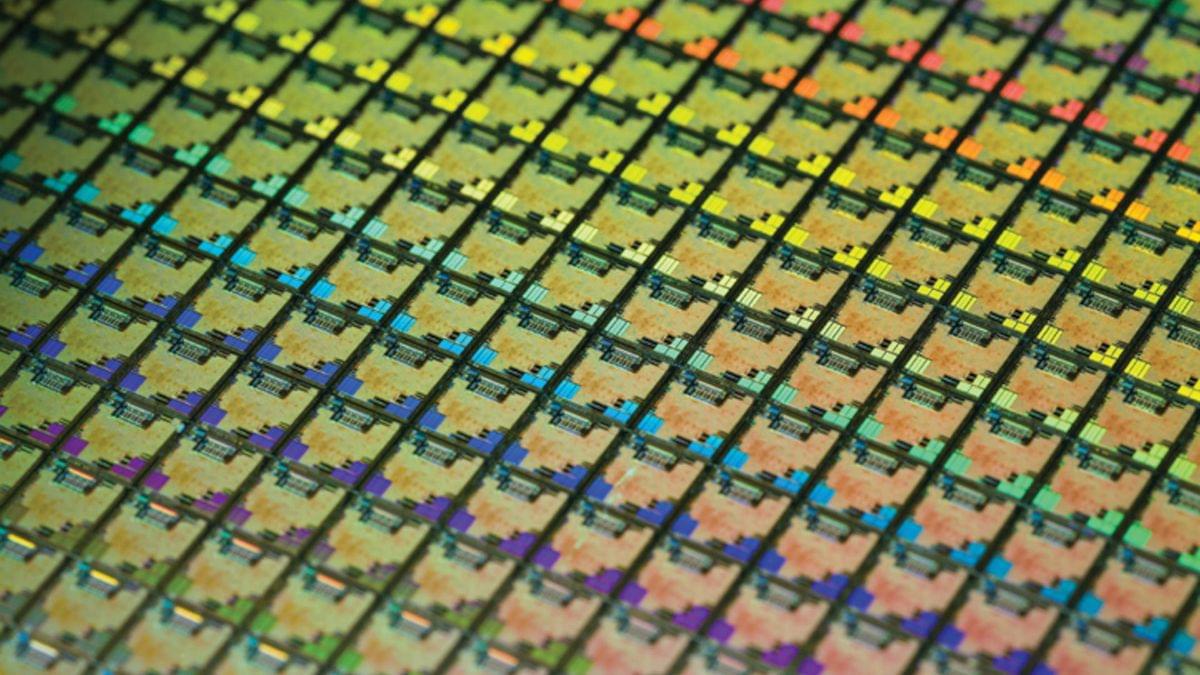This study helps to close the gap involving cannabis and weight loss.
Can cannabidiol (CBD) or other cannabis-related products help with weight loss? This is what a recent study published in the journal Cannabis hopes to address as a researcher from NeX Therapeutics investigated how two phytocannabinoids, tetrahydrocannabivarin (THCV) and cannabidiol (CBD), could be used to manage weight loss. This study has the potential to help researchers, legislators, and the public better understand the benefits of cannabis for weight loss compared to prescription drugs currently on the market.
The study was conducted by Dr. Gregory Smith, who is the Founder, CEO, and Scientific Advisor of NeX Therapeutics, and involved 44 participants (31 women and 13 men) with an average age of 51.75. For the study, the participants used consumed mucoadhesive oral strips, which are drug delivery strips that adhere to the inside of the mouth, over 90 days. They were split into Group A, Group B, and Group P which involved single dose, double dose, and placebo, respectively, with one dose equaling 8 mg THCV/10 mg CBD. In the end, Dr. Smith made some interesting findings regarding how the strips helped manage weight loss.
According to the study, “The 16mg/20mg daily dose was superior for weight loss compared to the 8mg/10mg daily dose; both sets of results differed from placebo in a way that was statistically significant. The results of this study were congruent with the prior unpublished studies of a hemp extract containing significant percentages of THCV, CBDV and CBD.”







